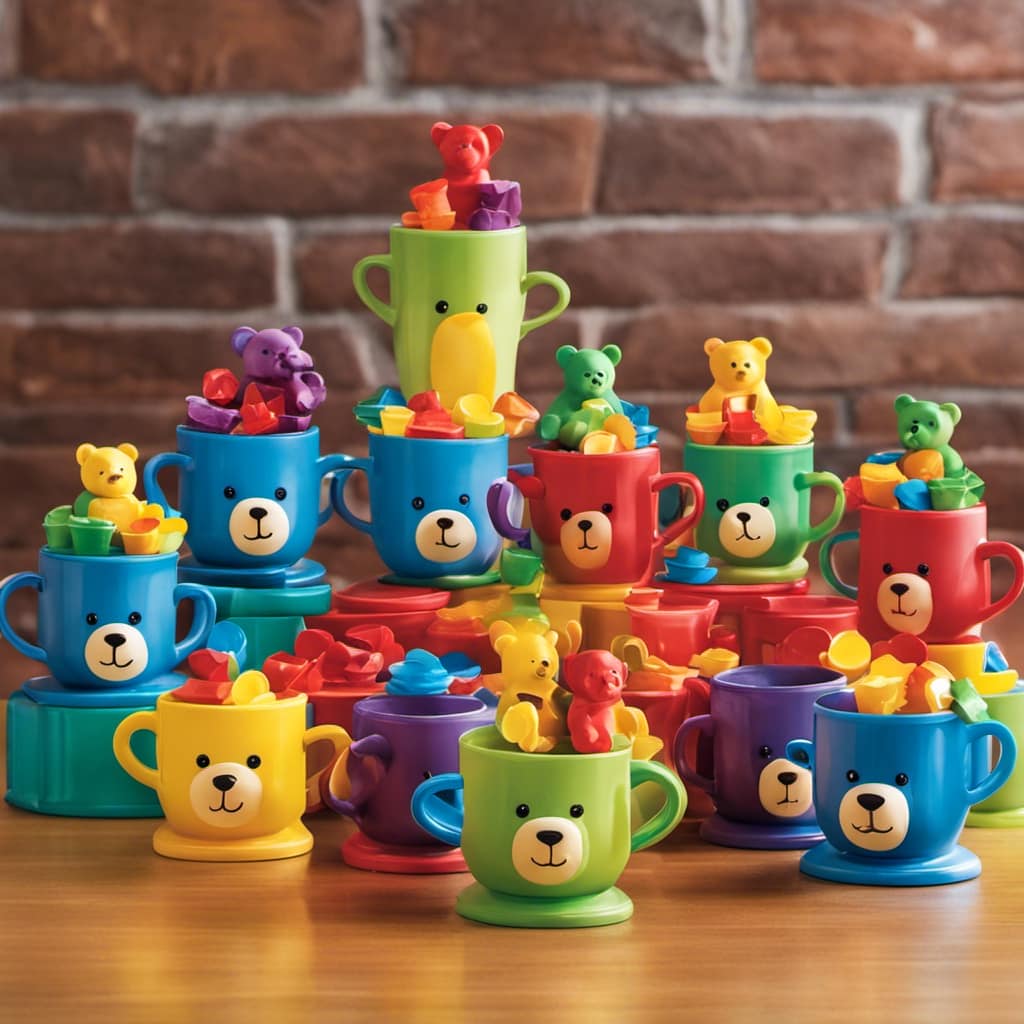You might be feeling daunted by the idea of getting into robotics, particularly if you’re just starting out. However, I assure you, when you have the proper kits, diving into robotics becomes an engaging and enjoyable journey.
Kits like Sphero Mini and Lego Boost provide a solid foundation in robotics, allowing you to experiment with circuits and build colorful robots.
And don’t worry about the coding part, because there are user-friendly programming interfaces like Scratch and Python that make it easy to bring your creations to life.
By engaging in hands-on learning with robotics, you can develop problem-solving skills, gain coding experience, and explore the exciting world of engineering and computer science.
So, let’s dive in and discover the endless possibilities of beginner-friendly robotics kits for STEM learning.
Key Takeaways
- Beginner-friendly robotics kits like Sphero Mini and Lego Boost provide a fun and interactive way to learn engineering and computer science concepts while developing problem-solving skills.
- Lego Boost is voted as the best robotics kit for beginners, offering a user-friendly programming interface and versatility with over 840 Lego pieces.
- Coding languages like Scratch and Python are used to build and program robots, with Scratch allowing easy drag and drop blocks of code and Python offering more flexibility and advanced capabilities.
- Engaging kids in hands-on learning with robotics provides an immersive educational experience, fostering curiosity, creativity, and a love for science and technology.
The Importance of Beginner-Friendly Kits in Robotics Education
I believe that beginner-friendly kits play a crucial role in robotics education. They provide a fun and interactive way for young learners to develop problem-solving skills and learn engineering and computer science concepts.

Hands-on learning in robotics education has numerous benefits. It fosters creativity and problem-solving skills. Beginner-friendly kits serve as a gateway for students to explore the world of robotics and develop a solid foundation in the field.
These kits offer a hands-on experience that engages students in the learning process. They allow students to actively apply their knowledge and experiment with different concepts. By working with these kits, students are able to develop critical thinking skills and gain a deeper understanding of engineering and computer science principles.
Overall, beginner-friendly kits are instrumental in fostering creativity and problem-solving skills in robotics education.
Exploring Coding Languages for Robotics: Scratch and Python
Scratch and Python are two coding languages used for building and programming robots, offering different levels of simplicity and complexity.
Scratch, a visual programming language, provides an easy-to-use interface with drag and drop blocks of code to control robots’ movements, sounds, and sensors. It is particularly suitable for beginners and young learners as it simplifies the coding process and allows for quick experimentation.
On the other hand, Python offers more flexibility and advanced capabilities for complex robotics projects. With Python, programmers can write more intricate algorithms and control strategies, making it a preferred choice for experienced developers.

Learning coding in robotics has numerous benefits, including the development of problem-solving skills, fostering creativity and critical thinking, and preparing for future STEM careers.
Whether choosing Scratch or Python, both languages provide a solid foundation for individuals to delve deeper into the exciting world of robotics.
Robotics as a Pathway to Future STEM Careers
Engaging with robotics provides an immersive educational experience that prepares individuals for future STEM careers. The benefits of early exposure to robotics are evident in the pathways it creates towards these careers.
By interacting with robots and learning the underlying engineering and computer science concepts, individuals develop problem-solving skills and gain hands-on coding experience. This early exposure fosters a deeper understanding of STEM fields and sparks interest in technology.
As the demand for STEM professionals continues to grow, the skills acquired through robotics become highly sought after in today’s technological landscape. By engaging with robotics at a young age, individuals are better equipped to pursue future career opportunities in science, technology, engineering, and mathematics.
The immersive and interactive nature of robotics provides a positive and lasting learning experience, laying a strong foundation for future success in STEM fields.
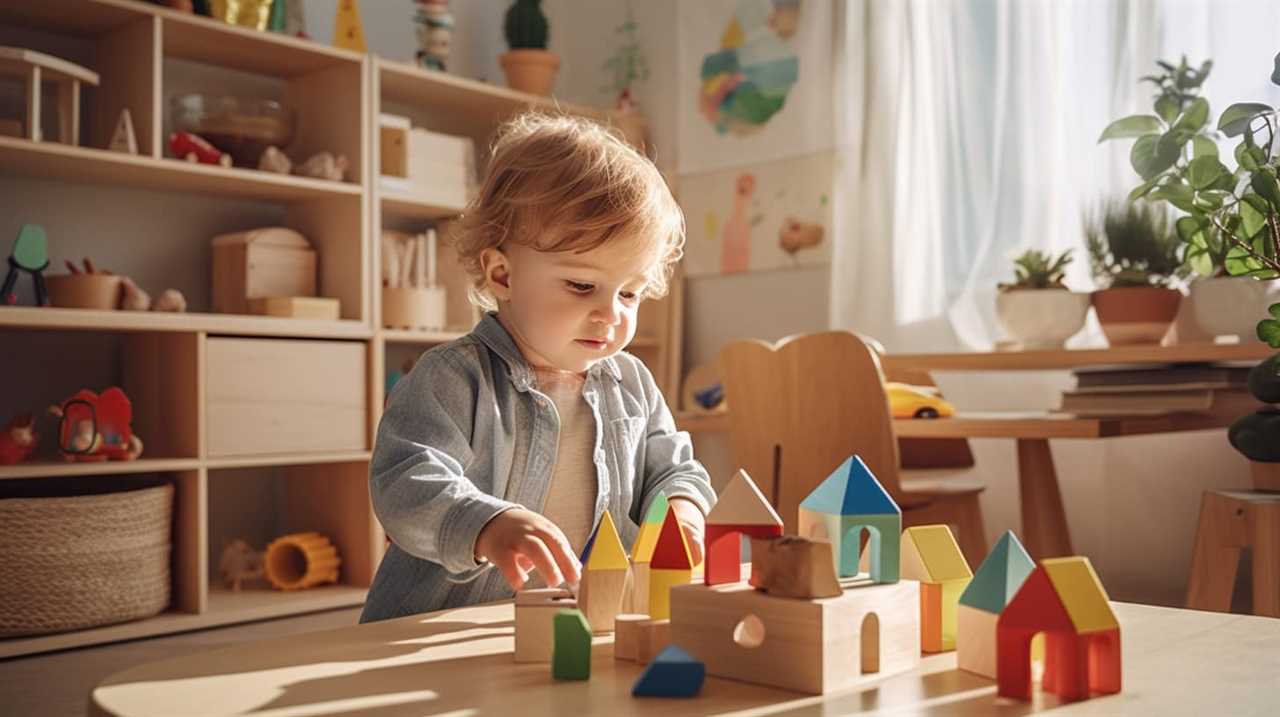
Hands-On Learning: Engaging Kids With Robotics Education
Hands-on learning with robotics provides an interactive and immersive educational experience, fostering curiosity and creativity while developing essential skills for future STEM careers.
Engaging kids in hands-on learning with robotics through hands-on activities and interactive learning experiences is essential for their educational development. By actively participating in building and programming robots, children can understand complex engineering and computer science concepts in a practical and tangible way.
This type of interactive learning promotes problem-solving skills and critical thinking, as kids are encouraged to find creative solutions to challenges they encounter during the process.
Through hands-on activities, children not only gain technical knowledge but also develop important soft skills such as teamwork, communication, and adaptability.
Taking Robotics Education to the Next Level: Advanced Kits and Projects
I thoroughly enjoy exploring the world of robotics through advanced kits and challenging projects. These advanced robotics projects push the boundaries of my coding and engineering skills.
In order to tackle these projects, I have had to delve into advanced coding languages such as C++ and Java. These languages offer a wide range of capabilities and allow me to develop complex algorithms and control strategies for my robots.
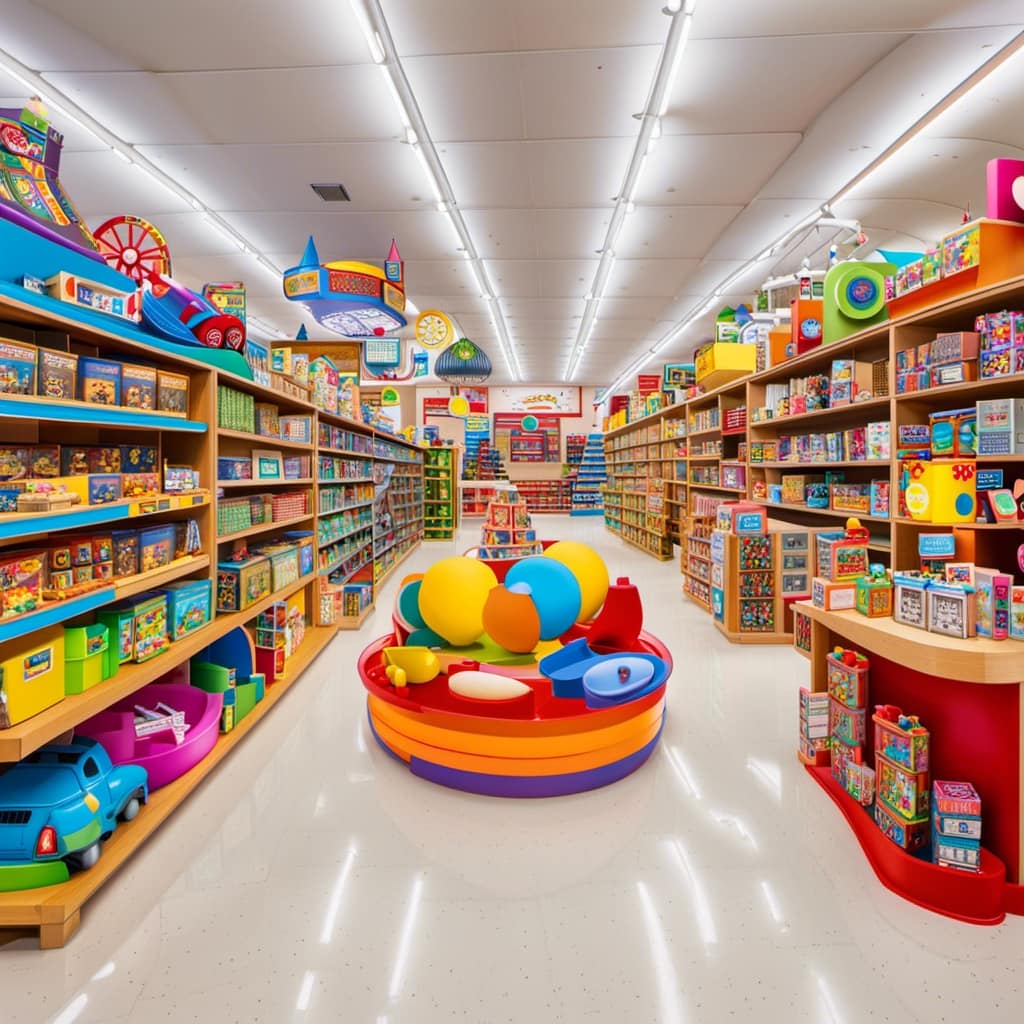
With these advanced coding languages, I am able to program my robots to perform intricate tasks and solve complex problems. It is incredibly satisfying to see my creations come to life and carry out the tasks I have programmed them to do.
These advanced robotics projects have truly taken my robotics education to the next level, allowing me to further develop my programming, engineering, and critical thinking skills.
Building Critical Thinking Skills Through Robotics Education
In the previous subtopic, we explored advanced robotics kits and exciting projects that take STEM education to the next level. Now, let’s focus on the importance of building critical thinking skills through robotics education.
Robotics provides an ideal platform for hands-on experimentation, allowing students to apply their knowledge and problem-solving skills in a practical setting. By building and programming robots, students are challenged to think critically and find creative solutions to real-world problems. This process of trial and error fosters resilience and perseverance, as students learn to overcome obstacles and refine their designs.
Additionally, robotics education encourages a systematic approach to problem-solving. Students must analyze the problem, break it down into manageable parts, and develop a step-by-step plan to reach a solution. This analytical thinking process not only enhances their problem-solving abilities but also prepares them for future challenges in STEM fields.
Overall, robotics education offers a unique opportunity to develop critical thinking skills through hands-on experimentation and problem-solving.
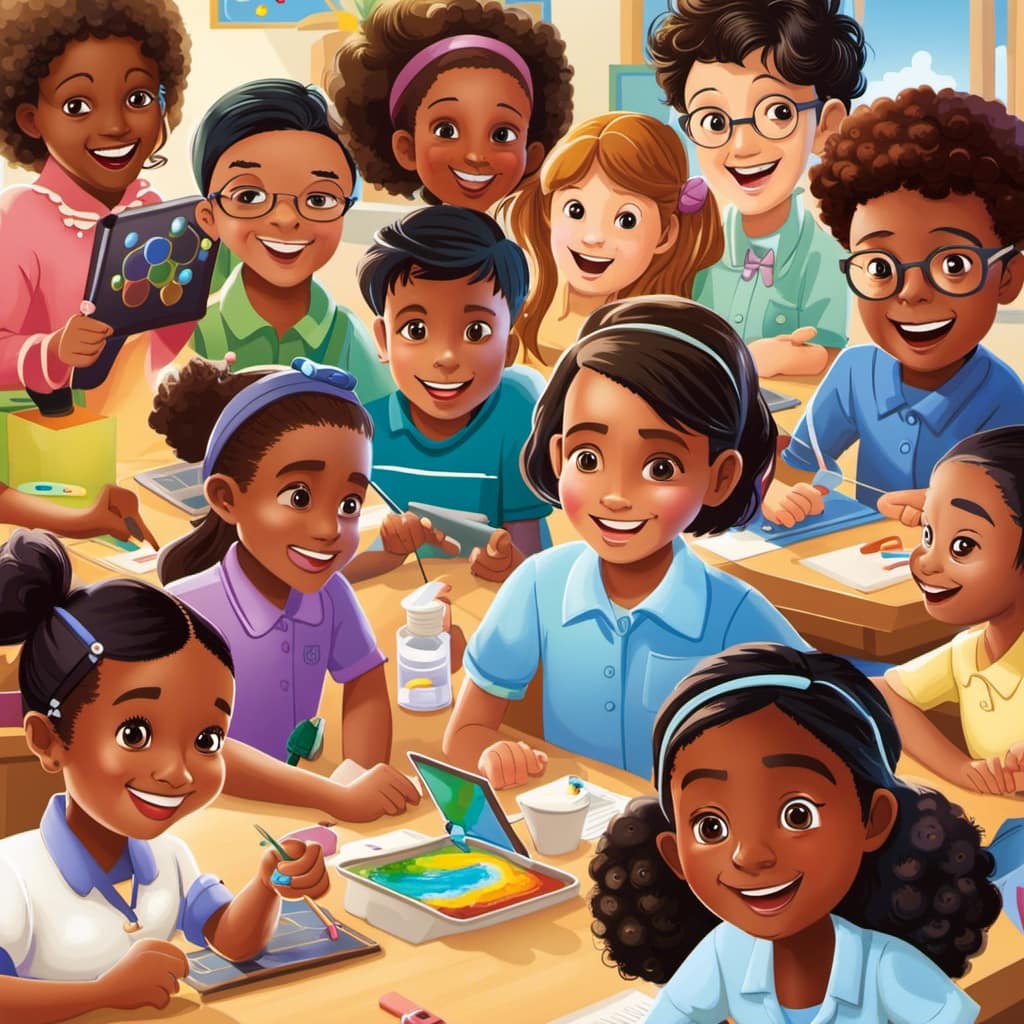
Fun and Interactive STEM Learning With Beginner-Friendly Robotics Kits
Using beginner-friendly robotics kits provides an engaging and interactive way to learn engineering and computer science concepts while developing problem-solving skills.
-
Hands-on learning: Robotics kits allow young learners to actively participate in the learning process, building and programming robots themselves.
-
Introduction to robotics: These kits serve as a perfect introduction to the world of robotics, providing a solid foundation in basic concepts.
-
Benefits of hands-on learning: By working with physical robots, kids can see the direct impact of their code and understand how it translates into real-world actions.
-
Development of critical skills: Through robotics, children develop not only technical skills but also problem-solving, teamwork, and creativity.
With beginner-friendly robotics kits, young learners can dive into the exciting world of robotics and gain valuable skills that will benefit them in various STEM fields.
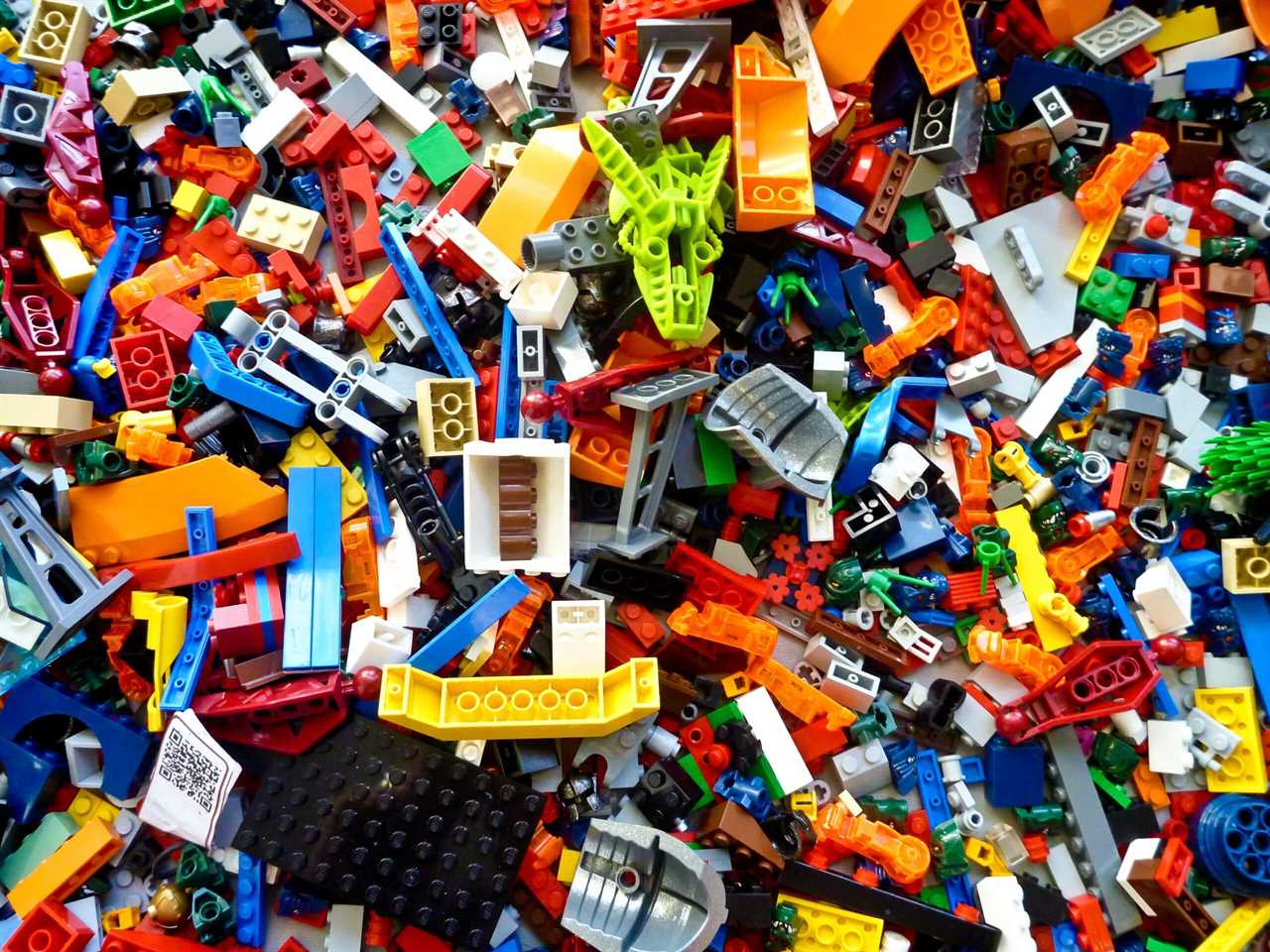
The hands-on nature of these kits allows for an immersive learning experience, fostering a love for science and technology from an early age.
Frequently Asked Questions
What Are Some Examples of Beginner-Friendly Robotics Kits?
Some examples of beginner-friendly robotics kits include Sphero Mini and Lego Boost. These kits offer a solid foundation in robotics and allow kids to experiment with circuits and building robots using colorful plastic pieces.
How Do Coding Languages Like Scratch and Python Contribute to Robotics Education?
Coding languages like Scratch and Python play a crucial role in robotics education. They act as the building blocks that bring robots to life, allowing us to control their movements, sounds, and sensors with ease. Hands-on learning with robotics enhances education, fostering a deeper understanding of engineering and computer science concepts.
What Skills Can Children Develop Through Robotics Kits That Are Valuable for Future STEM Careers?
Through robotics kits, children can develop valuable skills for future STEM careers. These kits foster problem-solving abilities, hands-on coding experience, and an understanding of engineering and computer science concepts.
How Does Hands-On Learning With Robotics Engage Children and Enhance Their Education?
Hands-on learning with robotics engages children by providing an interactive and immersive educational experience. It enhances their education by developing problem-solving skills and deepening their understanding of engineering and computer science concepts.
What Are Some Examples of Advanced Robotics Kits and Projects for Students Who Want to Take Their Robotics Education to the Next Level?
Some examples of advanced robotics kits and projects for students looking to take their education to the next level include participating in advanced robotics competitions and exploring cutting-edge robotic technologies.

Conclusion
In conclusion, beginner-friendly robotics kits are like vibrant keys that unlock the door to a world of endless possibilities. They serve as the stepping stones for young minds, paving the way towards a future filled with innovation and creativity.
These kits not only provide a fun and interactive learning experience but also cultivate essential skills such as problem-solving, coding, and critical thinking. With each circuit connected and robot built, children embark on a journey that ignites their curiosity, preparing them for the exciting STEM careers that await them.
So, let us embrace these kits as the guiding stars that illuminate the path to a brighter future.






